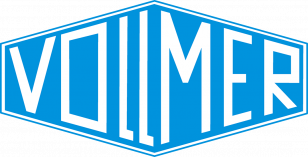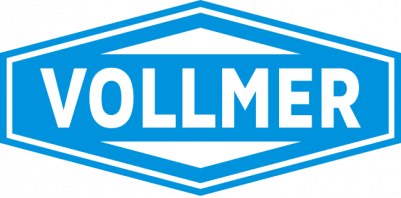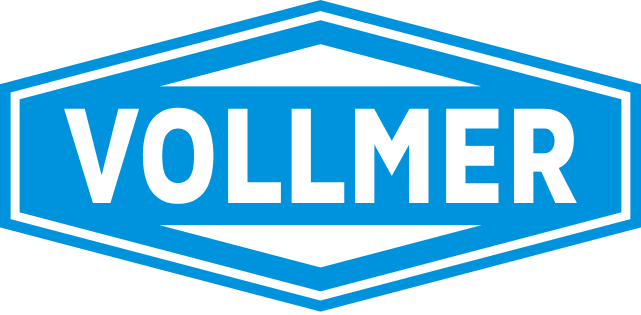Slitting is a part manufacturing process and widely utilized across various industries, notably in metal fabrication and processing. This technique involves the cutting or shearing of large rolls or sheets of material into narrower strips or coils, leveraging specialized machinery and tools to achieve precise cuts. The quality of the slitting process is paramount, as it significantly influences the final product's dimensional accuracy, edge quality, and overall performance in subsequent manufacturing stages.



